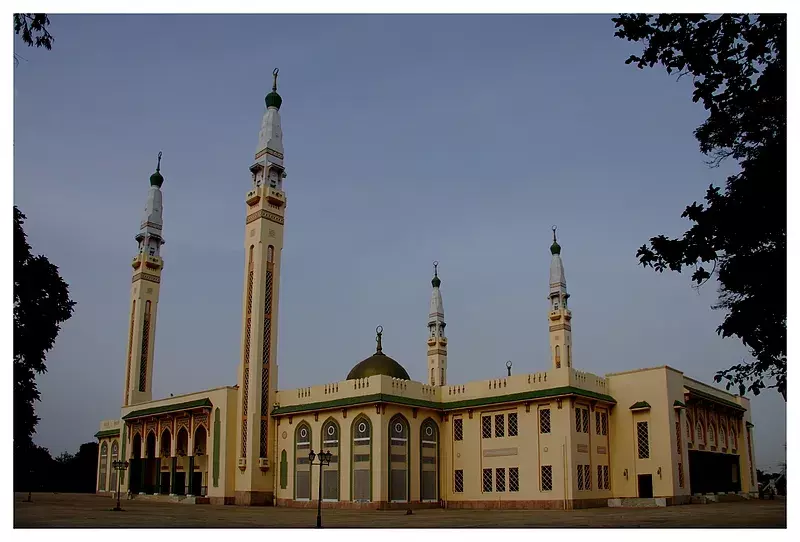Sékou Touré’s Mausoleum

- Sékou Touré’s Mausoleum in Conakry, Guinea, stands as a solemn tribute to Ahmed Sékou Touré, the country’s first president and a key figure in Guinea’s fight for independence. Located within the Camaraya Mausoleum complex, this site serves as the final resting place of Touré and other notable Guinean leaders, symbolizing the nation’s struggles, triumphs, and political evolution. It is both a historical landmark and a site of national reflection, drawing visitors interested in Guinea’s political past and its journey toward sovereignty.
- Ahmed Sékou Touré led Guinea to independence from French colonial rule in 1958, making it the first African nation to reject continued French control. His bold decision to break away from France came with significant economic and political consequences, but it also established him as a revolutionary leader in the Pan-African movement. The mausoleum honors his legacy, recognizing his role in shaping modern Guinea. Visitors can see his tomb adorned with national symbols, as well as tributes to other prominent figures from Guinea’s post-colonial history.
- The architecture of Sékou Touré’s Mausoleum is simple yet dignified, reflecting the respect and reverence held for Guinea’s first leader. The surrounding area often serves as a gathering place for politicians, historians, and citizens, especially during national holidays and anniversaries marking Guinea’s independence. The mausoleum also inspires debate, as Sékou Touré’s legacy remains complex—while he is credited with leading Guinea to self-rule, his time in power was also marked by authoritarian policies and political repression.
- For visitors interested in Guinea’s history, the mausoleum is an important stop, offering insight into the nation’s revolutionary past and the enduring impact of its first president. It stands as both a memorial and a historical landmark, where one can reflect on Guinea’s struggles, its leaders, and the ongoing journey toward progress and democracy.
